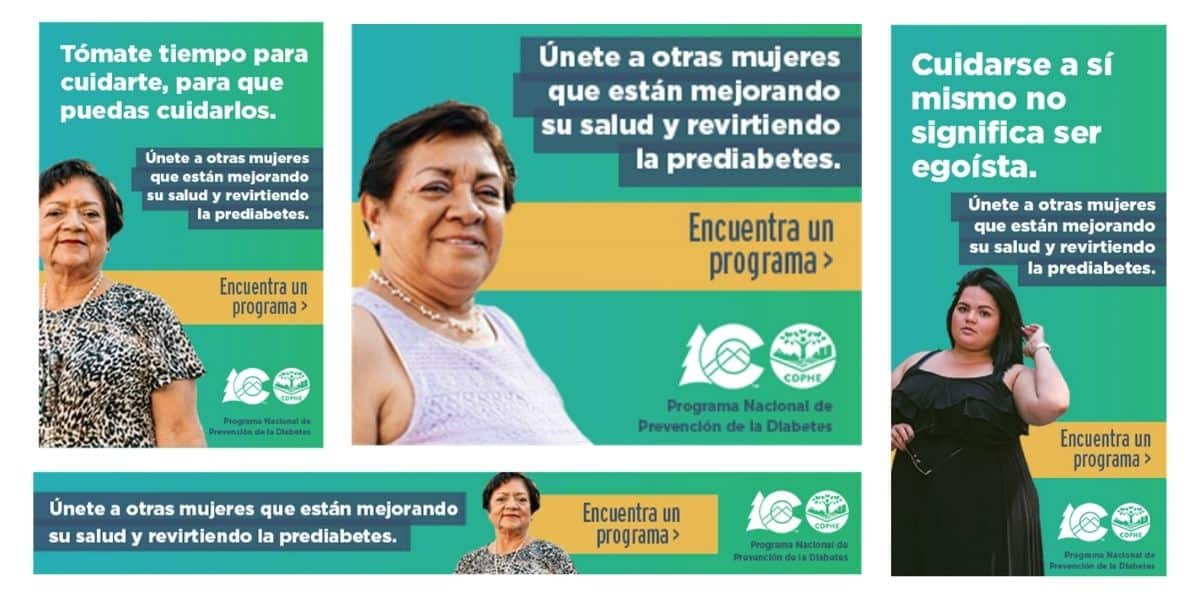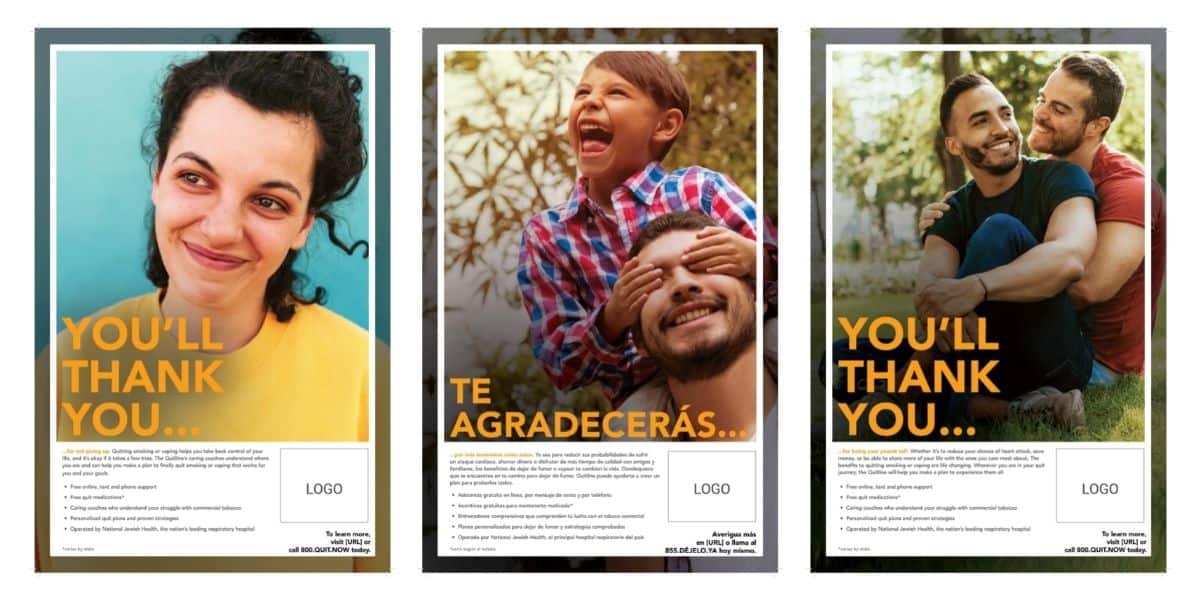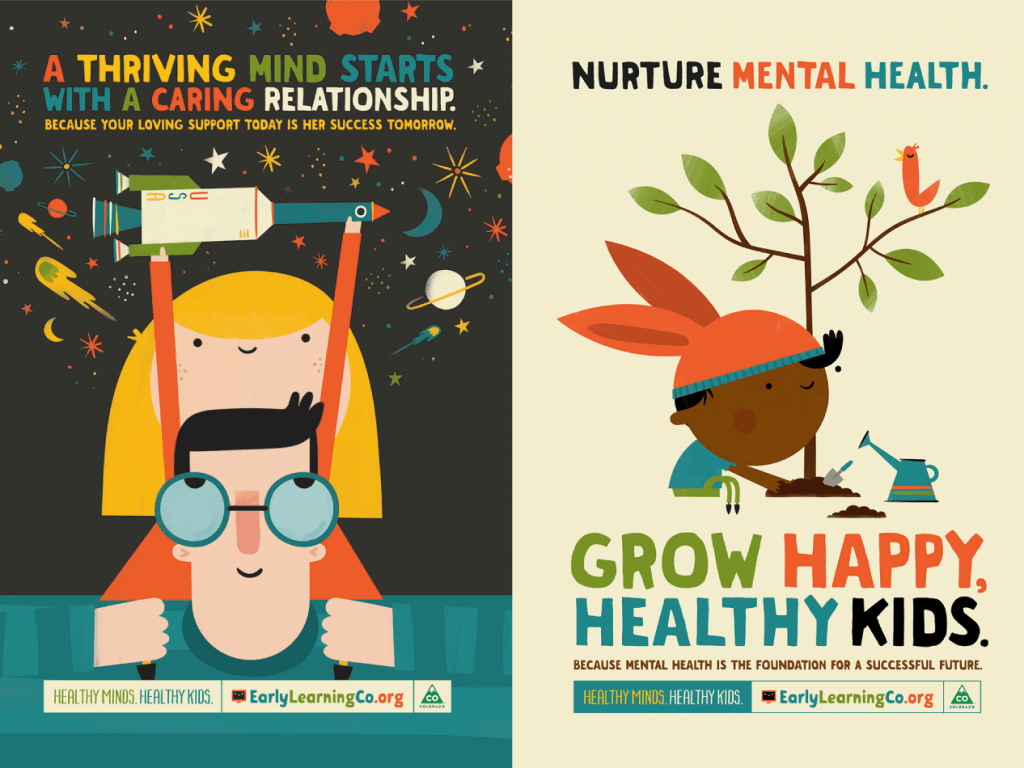In recent years, pronouns have become a focal point in discussions surrounding diversity, equity, and inclusion in the workplace. While the topic may spark controversy or confusion for some, the importance of respecting and acknowledging individuals’ pronouns cannot be overstated. I am a nonbinary individual who uses they/them pronouns. I’ve experienced highly supportive workplaces and environments and other professional environments where I was met with scorn when trying to advocate for myself and others.
You probably already know what pronouns are, but let’s explore why inclusive workplaces where people share and respect pronouns are essential for fostering a culture of respect, understanding, and belonging. If you’re new to pronouns, check out this great resource to learn more.
Pronouns: More Than Just Words
Pronouns are a fundamental aspect of identity, reflecting how individuals wish to be addressed and referenced. While traditional pronouns such as he/him and she/her are widely recognized, it’s essential to acknowledge that pronoun preferences can vary widely among individuals.
Some may identify with they/them pronouns, while others may use neo pronouns (newly created pronouns that vary by the person). The English language requires pronouns when speaking about someone or to someone. Everyone has them, and you probably use them more than you think.
The Power of Pronoun Sharing
Sharing one’s pronouns – whether in meetings, email signatures, introductions, or virtual meeting names – is a simple yet powerful gesture that promotes inclusivity and respect.
By normalizing pronoun sharing, individuals create a safer and more supportive environment for their trans, nonbinary, and gender-nonconforming colleagues to do the same. It also helps prevent assumptions and misgendering, fostering a culture of awareness and understanding.
It’s a simple step that can be normalized through practice. If you haven’t already, update your email signature, LinkedIn profile, Instagram account, etc. Doing something this small can make a big difference. For a colleague, client, or someone in your personal life, it’s a big indicator that you’re on their side.
Embracing Diversity in Pronouns
Recognizing that pronoun preferences can be fluid and may change from day to day or situation to situation is essential. Some individuals may use multiple sets of pronouns or experiment with different pronouns as they explore their gender identity. Some folks even use any and all pronouns – meaning you can use any pronoun for them or perhaps they like if when you switch it up. Asking for and respecting someone’s pronouns demonstrates a commitment to creating an inclusive and supportive environment where all identities are valued and respected. If you don’t know – ask.
Mistakes Happen: It’s about Effort
Navigating pronouns may seem daunting at first. It’s okay to make mistakes as long as there’s a genuine effort to learn and improve. If unsure about someone’s pronouns, asking for clarification politely is perfectly acceptable. Checking in with colleagues and using the correct pronouns shows respect and consideration for their identity, fostering trust and rapport within the workplace.
If you make a mistake, just quickly correct yourself – don’t make a show of apologizing and saying how hard it is. Try to shift your perception of the person instead of just memorizing words to use. I promise it’ll help.
Beyond Pronouns: Gender-Inclusive Language
In addition to pronouns, it’s crucial to use gender-inclusive language that avoids assumptions about gender identity. Phrases like “ladies and gentlemen” or “men and women” can inadvertently exclude individuals who don’t identify as binary. Instead, opt for inclusive alternatives like “everyone,” “folks,” or “colleagues” to create a welcoming and affirming environment for all.
Creating Safe, Inclusive Environments
Ultimately, embracing pronouns and fostering gender inclusivity in language are integral to creating safe, inclusive workplaces where all employees feel valued, respected, and empowered to bring their authentic selves to work. By prioritizing pronoun sharing, respecting individual identities, and cultivating a culture of openness and understanding, organizations can drive positive change and lead by example in the journey toward greater diversity and inclusion.
The Power of Gender-Neutral Language in Marketing
In marketing efforts, the importance of gender-neutral language and inclusive pronouns cannot be overstated. By embracing they/them pronouns and other gender-inclusive terms, organizations demonstrate their commitment to diversity, equity, and inclusion. Inclusive language resonates with a broader audience and fosters a sense of belonging and acceptance among audiences. As organizations strive to connect with diverse demographics, integrating gender-neutral language into marketing materials sends a powerful message of inclusivity and respect, ultimately strengthening loyalty and trust.

About the Author:
RJ Johnson (they/them) creates fun, engaging, and strategic content. They enjoy creative strategy, experimenting with content ideas, and storytelling. With over five years of experience in marketing, communications, and content management, they have touched just about every aspect of the field. A lifelong learner, RJ has an M.B.A. from the University of Colorado, Denver, and a B.F.A. in Creative Writing from Stephens College. RJ comes to SE2 from the health insurance sector and is passionate about aiding in the fight for equal opportunities and advocacy. They approach everything from a lens of intersectionality and community.





